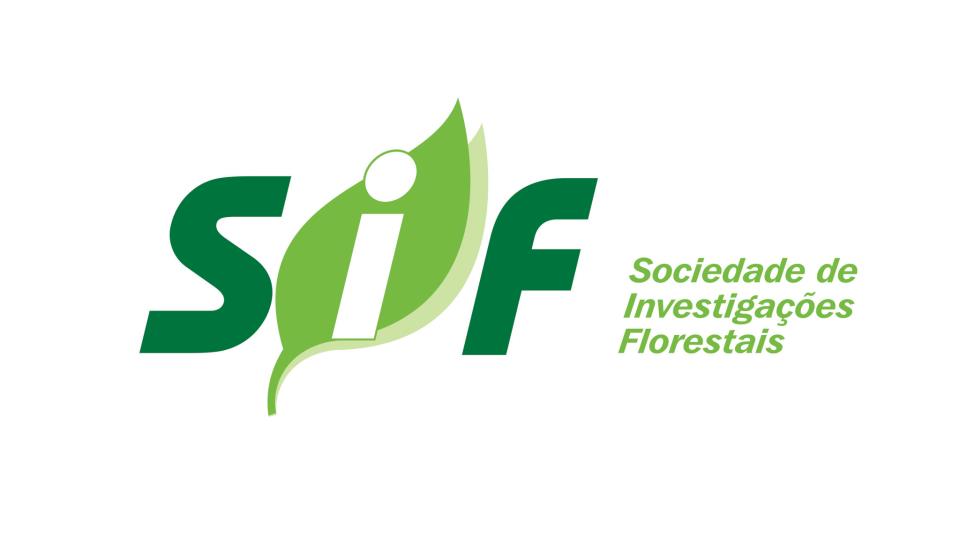Biblioteca Florestal
Digital
Digital
Invasão e manejo de Pinus taeda em campos de altitude do Parque Estadual do Pico Paraná, Paraná, Brasil

JavaScript is disabled for your browser. Some features of this site may not work without it.
| dc.contributor.author | Falleiros, Renan Macari | |
| dc.contributor.author | Zenni, Rafael Dudeque | |
| dc.contributor.author | Ziller, Sílvia Renate | |
| dc.date.accessioned | 2015-09-22T19:47:02Z | |
| dc.date.available | 2015-09-22T19:47:02Z | |
| dc.date.issued | 2011-01 | |
| dc.identifier.citation | FALLEIROS, R. M.; ZENNI, R. D.; ZILLER, S. R. Invasão e manejo de Pinus taeda em campos de altitude do Parque Estadual do Pico Paraná, Paraná, Brasil. Floresta, Curitiba, v. 41, n. 1, p. 123-134, jan./mar. 2011. | pt_BR |
| dc.identifier.issn | 1982-4688 | |
| dc.identifier.uri | http://www.bibliotecaflorestal.ufv.br:80/handle/123456789/15241 | |
| dc.description.abstract | Espécies exóticas invasoras são espécies introduzidas e estabelecidas que produzem descendentes viáveis e que se propagam a distâncias significativas da planta-mãe, podendo causar danos ao meio ambiente. O presente estudo teve como objetivo realizar as primeiras avaliações sobre esse processo de invasão e uma ação de manejo da planta exótica invasora Pinus taeda em três morros no Parque Estadual do Pico Paraná, Paraná, Brasil. O manejo foi realizado mecanicamente, com corte das plantas, e as primeiras respostas sobre a cobertura vegetal e a riqueza de espécies foram mensuradas dez meses após a ação de corte. Os resultados indicam que a população da espécie invasora no local do estudo tem aproximadamente 36 anos, que as plantas crescem num ritmo inferior à média de outros ambientes, que sob a influência de pínus a vegetação nativa apresentou menor porcentagem de cobertura e, finalmente, que após o corte e derrubada de pínus a vegetação apresentou menor riqueza. O manejo teve custo total de R$ 199,00 por hectare. Concluiu-se que os campos de altitude são habitats suscetíveis a invasão biológica por pínus e que o período de 10 meses foi insuficiente para se obterem conclusões consistentes sobre o controle mecânico por corte raso. | pt_BR |
| dc.description.abstract | Invasive alien species are introduced from other ecosystems and establish, producing viable descendency that spread for significant distances from the mother plants, potentially cause damage to the environment. The aim of the current study is to evaluate the first responses of the invasion process and the results of Pinus taeda control on three mountain areas in the Pico Paraná State Park, Southern Brazil. The control was conducted mechanically by felling adult trees and pulling out seedlings. The first responses were measured ten months after felling, measuring plant coverage and species richness. Results indicate that the population of invasive pines in these areas is around 36 years old, growing at a slower rate when compared to the average growth in other habitats, that the pine trees impact the native vegetation by producing lower coverage and finally, that after felling the pine trees the native vegetation showed lower richness. The control method had a cost of R$ 199,00 (about US$ 100) per hectare. Conclusions are that high mountain grasslands are susceptible habitats for biological invasion by pine trees and that recurrent work needs to be done for more consistent elucidations. | pt_BR |
| dc.format | 12 páginas | pt_BR |
| dc.language.iso | pt_BR | pt_BR |
| dc.publisher | Fundação de Pesquisas Florestais do Paraná | pt_BR |
| dc.relation.ispartofseries | Floresta:v.41,n.1; | |
| dc.subject.classification | Ciências Florestais::Manejo florestal | pt_BR |
| dc.title | Invasão e manejo de Pinus taeda em campos de altitude do Parque Estadual do Pico Paraná, Paraná, Brasil | pt_BR |
| dc.title | Invasion and managment of Pinus taeda in mountain top grasslands of Pico Paraná State Park, Paraná, Brazil | pt_BR |
| dc.type | Artigo | pt_BR |
Arquivos deste item
| Arquivos | Tamanho | Formato | Visualização | |
|---|---|---|---|---|
| Revista_Floresta_v41_n1_p123-134_2011.pdf | 207.3Kb |

|
Visualizar/ |
|





